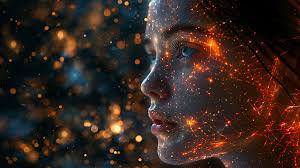
In the age of digital identity, a new kind of artist is emerging—not human, but virtual. These digital personas, often powered by AI or human creators behind the scenes, are taking over social media platforms as fully formed artist avatars. They produce, promote, and even interact with fans, blurring the line between fiction and reality.
Unlike anonymous art accounts, virtual artist avatars often come with detailed backstories, visual styles, and even personalities. From humanoid digital painters to cartoonish graffiti bots, these avatars are creating and curating work while also shaping online culture. They post artworks, collaborate on NFTs, and host virtual exhibitions—just like their human counterparts.
What makes this trend fascinating is its ability to explore identity without physical constraints. Virtual avatars can be any gender, race, age, or species. This opens doors for creators to experiment with self-representation, satire, or critique. Artists may use an avatar to explore themes they wouldn’t express under their real names.
For audiences, the intrigue lies in the character as much as the art. These avatars are performers, influencers, and conceptual works rolled into one. Some are managed by teams, others by individual artists who prefer to remain behind the screen.
As metaverse platforms and AR/VR spaces expand, these avatars are likely to become even more immersive—hosting 3D galleries, performing in mixed-reality shows, or guiding users through interactive installations.
Virtual artist avatars challenge the very idea of authorship. They ask: Does it matter who is behind the art, or is the experience all that counts? In doing so, they’re reshaping how we perceive artists, audiences, and the spaces between.
